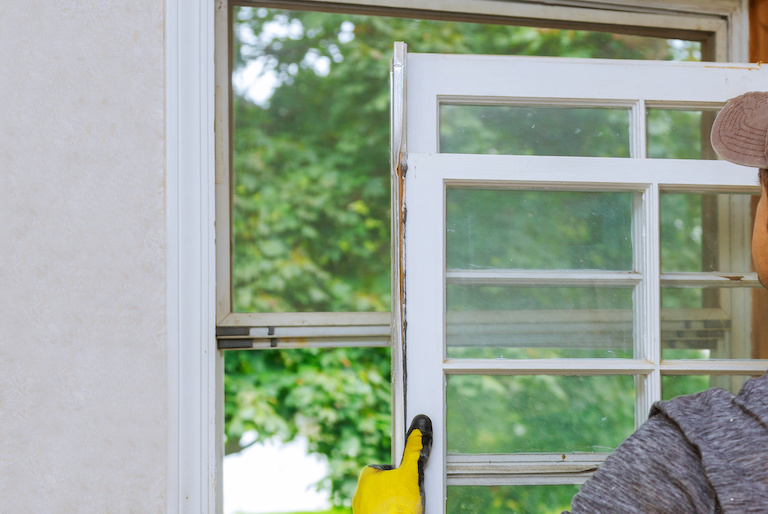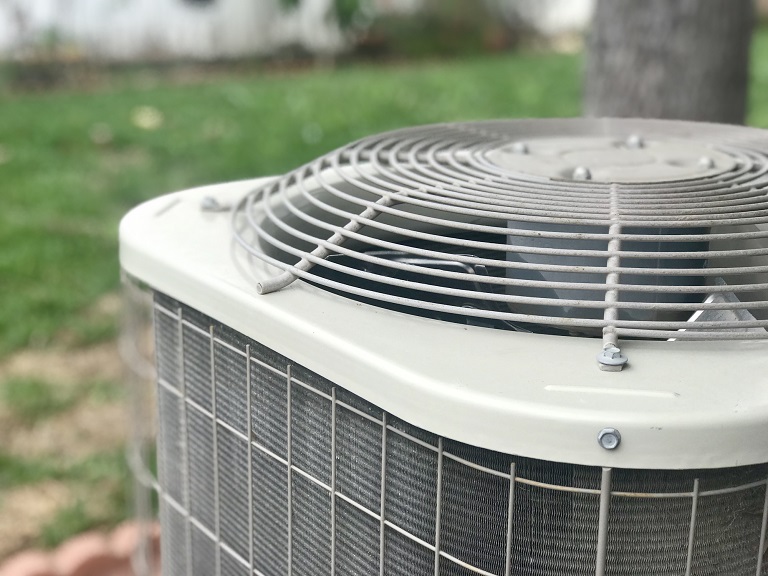
What you’ll pay in Columbus, OH, for furnace repairs depends on many factors. Here’s a breakdown of what can go wrong and the cost to fix those issues.
Reduce your utility costs and help save the planet with these simple ways to reduce the carbon footprint in your home


If you’re looking for ways to care for the environment and our planet, one of the places you can start is right at home. Changing some of your family’s habits to reduce your carbon footprint can have a big impact. The carbon footprint of your home is the amount of greenhouse gasses, such as carbon dioxide, methane, and nitrous oxide, produced by all the appliances, utilities, and other items you use in your everyday life.
Below, we’ve outlined some tips on some easy ways to help reduce your carbon footprint. Many of these can be tackled in a weekend or even an afternoon, but you’ll see their effects for years to come.
A local home energy auditing service can quickly identify all the key ways your home is wasting energy. Then, they can make recommendations for the best ways to reduce energy loss and your home's carbon footprint. If you'd rather do a basic home energy audit yourself, include these in your checklist:
Check for drafts, particularly around doors and windows
Examine water heating system for obvious inefficiencies
Make sure you have adequate insulation
Inspect your HVAC for problems, age, and inefficiencies
Check your lighting and consider smart lights and efficient bulbs
Optimize appliance and electronic use
Then it's time to make your household plan:
Where can you most obviously and easily make improvements?
What improvements can you make without spending money?
What improvements can you make yourself?
What's your budget for improving the energy efficiency of your home?
What projects can you afford to hire a contractor to complete?
You can lose up to 25% of the energy you use for heating and cooling if your roof isn't insulated. Often, older homes that had enough insulation based on the guidelines when they were built are not adequately insulated by today's standards.
Make sure you've got the best type of insulation for your home by contacting a local insulation specialist. Insulating your home costs between $920 and $3,650, but can save you money in the long run.
Old-school incandescent light bulbs can account for some of the largest amounts of carbon emissions and wasted energy. Less than 5% of the energy, and therefore money, you spend on powering these light bulbs is actually converted into light, and the remaining 95%+ is wasted as heat energy.
But switching to super-efficient light bulbs like LEDs is a really simple fix that immediately reduces your home's carbon footprint. If you make the change, you'll use 75% less energy for lighting and still get the same level of illumination. Plus, LED bulbs have a much longer lifespan than old-style filament bulbs, which means fewer trips to the hardware store.
A home automation system could reduce the carbon footprint of your home by 13%. A home automation system can "learn" when you normally get home from work and turn on the heat or AC in time for the house to be at a comfortable temperature when you return. It can also learn when your family is typically asleep, and turn down the heat before raising it back to your preferred temperature in time for you to wake up.
If your kids constantly forget to turn off the lights, you can set your smart lights to turn off when they sense the room is empty, saving energy. To maximize savings, take the automation outside with connected sprinklers and irrigation systems that only use water when necessary.
While it's possible to DIY some basic automation, for a fully connected house, it's best to hire a local home automation pro to get you plugged in.
Installing the right low-flow showerhead is a super-simple way to reduce water usage and your home's carbon footprint. It can help you save 2,000 gallons of water per person, per year.
These nifty DIY-friendly devices restrict water flow and force it through small holes, creating a high-pressure shower experience with much less water. Some, called aerating, low-flow showerheads, also mix the water with air for a softer, bubbly shower experience.
Green energy sources, such as a geothermal system, solar panels, or wind turbines, drastically reduce your carbon footprint by replacing your current energy with sustainable, renewable, clean energy sources.
While the cost of solar panel installation can be expensive, as is the cost of installing a geothermal HVAC system, using government incentives and credits can significantly reduce the price, and you'll eventually recoup your investment in energy savings.
If this is currently outside of your budget, the next best option is to switch to a renewable energy supplier that uses clean energy and, preferably, also offsets carbon usage.

Did you know that air leaks around your home can account for 10% of your energy bill? That's a lot of wasted resources and excessive carbon production. Even if you're not the best at DIY, sealing up these leaks is an easy, inexpensive project you can tackle in a weekend.
Inspect the weather stripping on your doors and windows. If they are unsealed or the seal is old, crumbling, or has missing pieces, it's time to reapply a high-quality, mold-resistant sealant. If necessary, apply new weather stripping to give double leak protection.
Places you may have overlooked include the basement, crawl spaces, and the attic. Air often escapes where the vapor barrier meets the wall. And basements, even if you regularly use them, tend to be cold and, unless sealed and insulated, can steal hot air away from the main living areas.
Between keeping you toasty warm in the winter and comfortably chilled in the summer, your heating and cooling system gets a lot of use. Even if you have it serviced annually, as it ages, the system inevitably loses efficiency.
Hire a local HVAC pro to do a full service and get in the habit of having both heating and cooling systems serviced every year. You may even be able to get a money-saving HVAC service contract that includes some repair costs.
If either the heating or cooling system is very old, particularly inefficient, or prone to breakdowns, it could be time for a replacement. The new system will pay for itself throughout its life in energy savings and immediately start to reduce the carbon footprint of your home.
Water usage and water heating both contribute significantly to the carbon footprint of your home. Making easy changes like reducing showers from the average of eight minutes to five minutes saves more than 2,000 gallons of water per person, per year.
You can also lower your home's carbon footprint by using your appliances efficiently. Don't run the dishwasher or the washing machine unless you've got a full load, and when you do, make sure you use eco-mode. Consider upgrading the dishwasher and washing machine to new, super-efficient models, and wash at cool temperatures. All of these small, inexpensive, easy changes make a big impact.
It's not just your water usage that's a big factor in carbon emissions, it's your water heating system, too. Water heaters are often overlooked until something goes wrong, but they can slowly lose efficiency year after year, increasing the amount of energy they need to heat your water. Initially, call a local water heater specialist and get a full service. Then, depending on what they recommend, it may be time to upgrade and even consider a tankless water system that supplies a continual stream of hot water on-demand.
From average costs to expert advice, get all the answers you need to get your job done.

What you’ll pay in Columbus, OH, for furnace repairs depends on many factors. Here’s a breakdown of what can go wrong and the cost to fix those issues.

Discover the true window AC unit installation cost to learn about labor, permits, and ways to save on your window AC project.

Here's what you can expect when getting an estimate for coolant leak repair costs. The cost can vary based on the detection method used, the source of the leak, and the amount of damage that needs to be repaired in the aftermath.

Discover the average air handler replacement cost, including labor and materials, plus expert tips to help you budget and save on your HVAC upgrade.

Even when you're sweating up a storm on a hot day, your AC should keep its cool. Here's what to do when condensation on your AC signals larger problems.

Not sure who to hire to install radiant floor heating? Learn which pros handle radiant floor heating installation and how the work comes together.